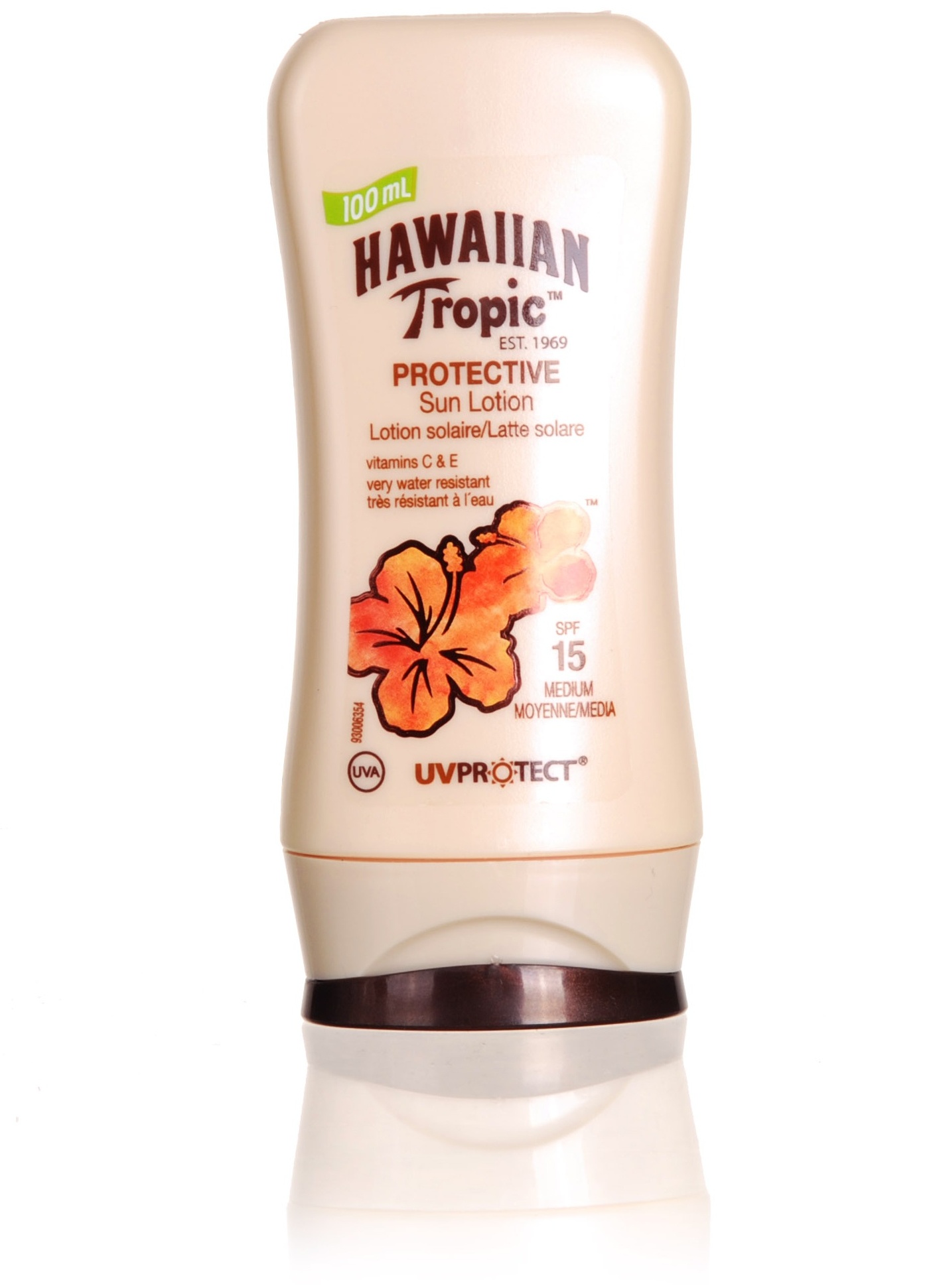
If possible use it at night, just to be on the safe side.An important note on sunscreen safety: The FDA is proposing changes to sunscreen regulations, as some active ingredients can enter the bloodstream. However, if you use a product that you like and it also contains RP, there is no reason to throw it away. We would add especially during the day!īottom line: If you wanna get serious about retinoids, RP is not your ingredient ( retinol or tretinoin is!). Nor, I’m afraid, are there any good reasons to recommend the use of RP".
Hawaiian tropic suntan lotion skin#
Baumann's conclusion: " sufficient evidence to establish a causal link between RP and skin cancer has not been produced. We think that the truth lies somewhere in the middle, and we agree with Dr.


It seems that there is a study showing RP being photo protective against UVB rays but there is also a study showing RP causing DNA damage and cytotoxicity in association with UVA. Leslie Baumann wrote a great review of the debate and summarized the research available about retinyl palmitate here. Wang, MD, director of dermatologic surgery at Memorial-Sloan Kettering Cancer Centre.ĭr. It also exibits questionable behaviour in the presence of UV light and was the center of a debate between the non-profit group, EWG (whose intentions are no doubt good, but its credibility is often questioned by scientists) and a group of scientists and dermatologists lead by Steven Q. What's more, the anti-aging effectiveness is not the only questionable thing about RP. Leslie Baumann in her fantastic Cosmetic Dermatology book writes that RP is topically ineffective. The evidence that RP is still an effective anti-aging ingredient is not very strong, in fact, it's weak. Retinyl palmitate -> retinol - > retinaldehyde -> all-trans-retinoic acidĪs we wrote in our lengthy retinol description the problem is that the conversion is not terribly effective. A sunscreen with BP-3 is definitely better than no sunscreen. However, if you find a formula that you love and contains BP-3, we do not think that you should throw it away.


Overall, BP-3 is probably our least favorite sunscreen agent and we prefer sunscreens without it. It can be used in concentrations of up to 10% in the EU and up to 6% in the US. On the up side, sunscreens are pretty well regulated in several parts of the world, and BP-3 is considered " safe as used" and is an allowed sunscreen agent everywhere.
Hawaiian tropic suntan lotion free#
If that was not enough, Wikipedia claims that BP-3 is nowadays the most common allergen found in sunscreens, and the always-trustworthy smartskincare writes that " have been shown in some studies to promote the generation of potentially harmful free radicals". In fact, a 2004 follow-up study to examine the estrogenic effect of sunscreens when used topically on the whole body found that "the endogenous levels of reproductive hormones were unaffected" (even though BP-3 could be detected both in plasma and urine, so its absorption is no doubt too good). Estrogenic activity was confirmed only in-vitro (in test tubes) and when taken orally by lab animals, and not when used topically as you would normally. Acrylates/C12-22 Alkyl Methacrylate CopolymerĪcrylates/C10-30 Alkyl Acrylate CrosspolymerĪnother concern of BP-3 is that it shows some estrogenic activity, though it's probably not relevant when applied topically to the skin.


 0 kommentar(er)
0 kommentar(er)
